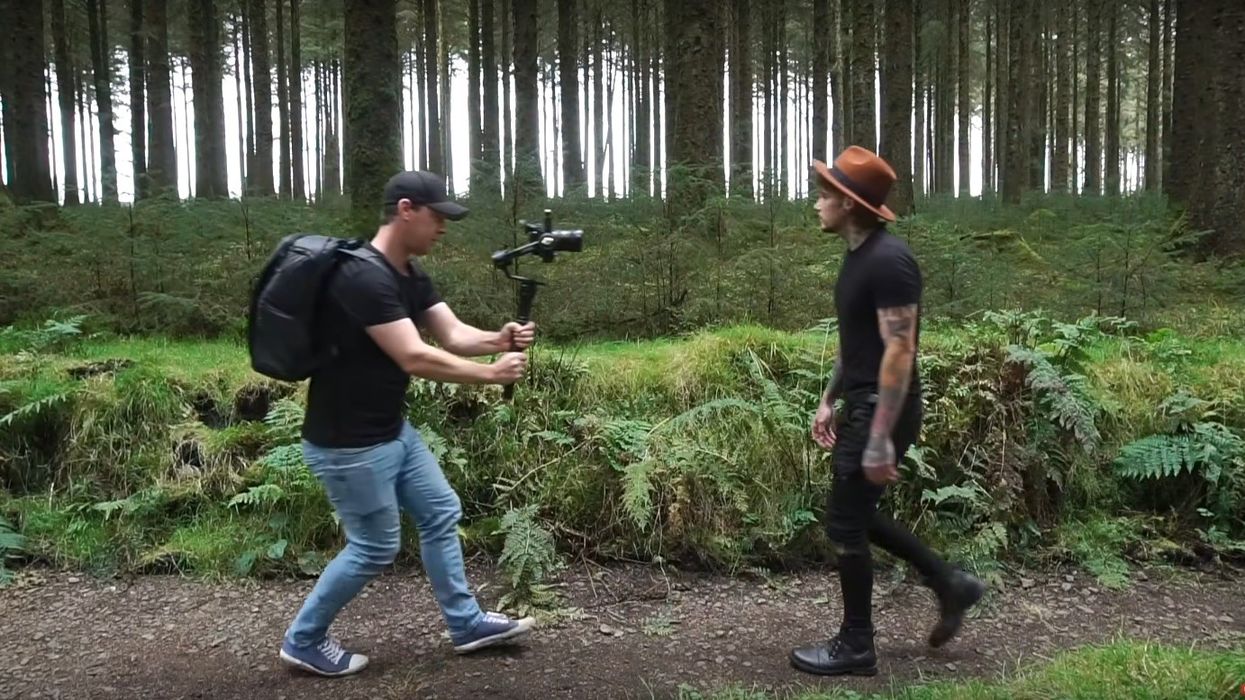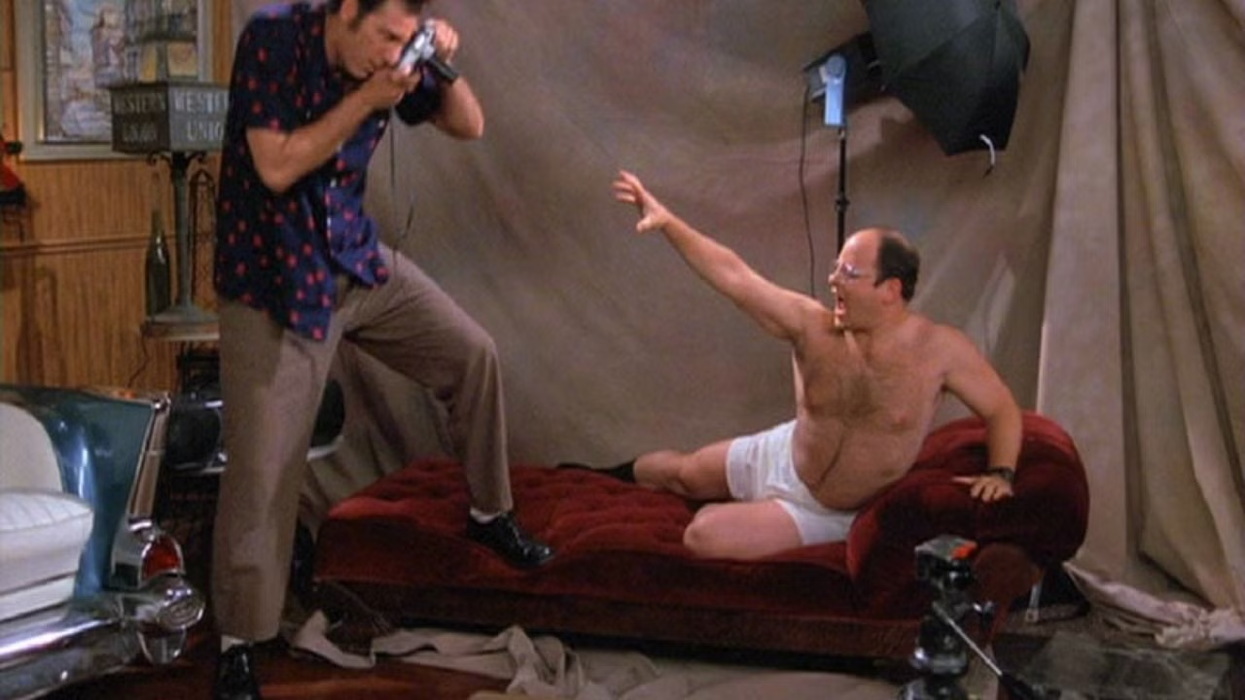Do You Know the Vocabulary of the Gimbal?
"Don’t be a crab." Don’t know what that means? Then brush up on your gimbal ABCs.

Not so long ago, epic cinematic shots were mainstays of jibs, cranes, and dollies. Now, a lone filmmaker with a few hundred bucks can pull off Hollywood-caliber movement—with one hand and a gimbal.
However, just buying a gimbal doesn’t equal good cinematography. You have to know how to use it, and how to communicate to your cast and crew what you are planning. Telling your actor that you’re doing the “Bad Boys 360 degree spin around thing” might work, but wouldn’t it be better if everyone had a more succinct working vocabulary?
Enter Steve Wright at Learn Online Video. Check out his video where he shows you 10 gimbal moves using the Zhiyun CRANE 2S that will make your footage look epic. And read our breakdown below.
Does that look like the epic footage you want? Here’s a handy breakdown of the types of shots Wright refers to and a cheat-sheet reminder of how to do them.
1. The Follow
The classic “follow your subject” shot.
Pro tip? Keep equal distance at all times to your subject, and for the most classic iteration, keep the subject in the center of the frame. You can experiment with lower angles to change the tone of the shot.
2. The Reverse Follow
Yup, just what you thought: tracking your subject from the front while walking backward.
Pro tip: Don’t trip!

3. Step In Reveal
Using some very minor choreography, this shot first introduces your location, then introduces your subject by having them enter the frame as you track.

4. Mini Jib Reveal
This is when you track backward, starting on your subject’s feet, and then lift up to end on their face.
Who is this cool? By going from shoes to clothes to personal effects to the body to the face, it gives the audience a lot of information to learn who our subject is.

5. Side Track
This is actually trickier than the Follow and Reverse Follow, even though it is just tracking your subject from the side!
Pro tip: Don’t be a crab!
Say what?
Don’t walk sideways and follow your subject. It makes for some much more bumpy movement. Instead, frame your shot by turning the camera to the left or right, and walking straight forward.

6. Chest Transition
Ready to have some fun, and think about the edit while you shoot? Try this move that requires two shots.
For Shot 1, push forward until you are in the center of your subject's chest (here wearing a black shirt so the end frame is all black.)
Next, Shot 2 starts at your subject’s back as a black frame then moves backward as your subject moves forward. Cut between both at the moment in both where there is black frame.

7. Soft Focus Reveal
Frame your subject, lock focus on frame, then move backward. Start the shot as a wide and walk toward your subject until they are in focus.
Instant intrigue!
8. Wipe Transition
Here’s another one that involves cutting two shots together in editing for a cool combined effect. This involves two shots where you track from the side and use something in the foreground to wipe.
In Shot 1, you track from the side to wipe past the camera. (Make sure it is something unidentified and blurry, as Wright explains.)
Then Shot 2 starts at something equally unidentified and blurry, and moves past it to find your subject again. Edit together with a simple cut to create an interesting but invisible shift in direction for the audience.

9. The Orbit
Walk around your subject in a circle, Michael Bay style.
Pro tip: consider what focal length you want for your type of orbit. The wider your shot, the more environment. Angle up and you get something a little more dramatic.

10. The Fake Drone
One of videographer Wright’s favorite shots is one that looks like it's been done with a drone. No props required!
To pull it off, you start close to your subject at a wide focal length. Then, as you steadily walk backward, raise your gimbal up as high as it will go.

Do you use these types of gimbal shots, and are these the terms you use?
If you have a different vocabulary, please share in the comments.
Source: Learn Online Video











